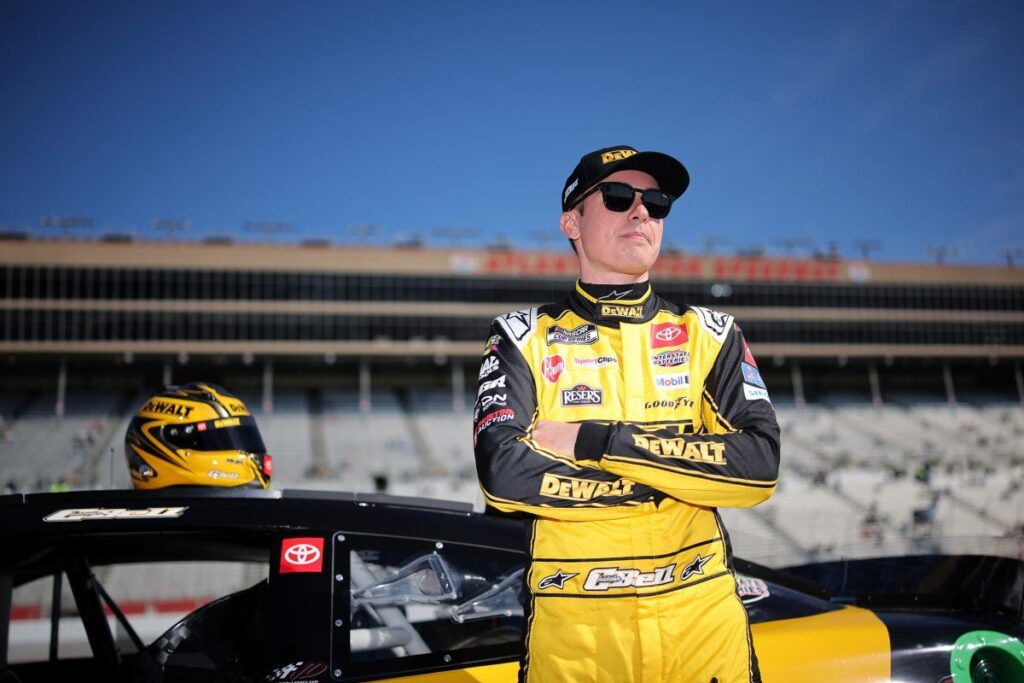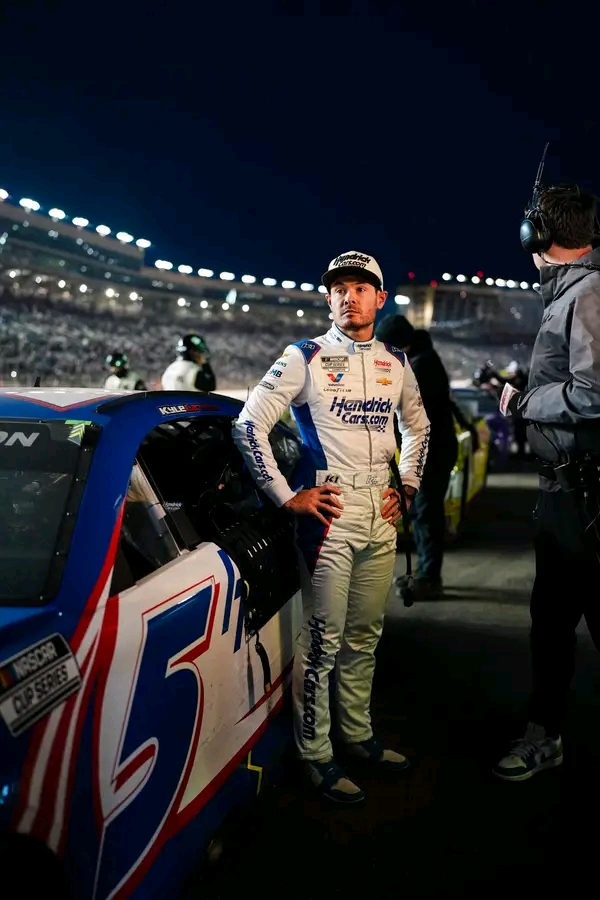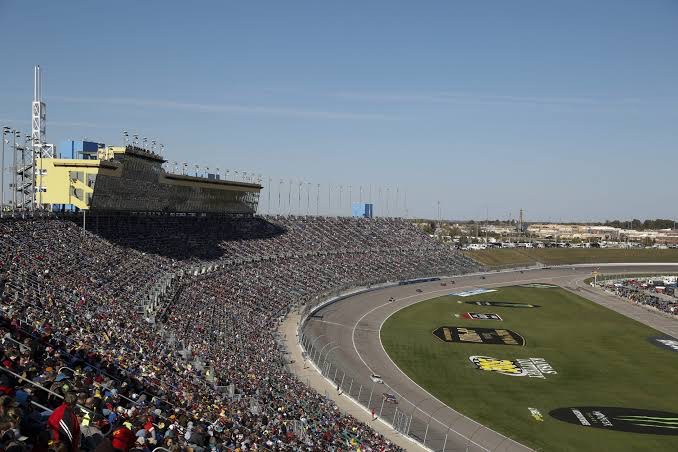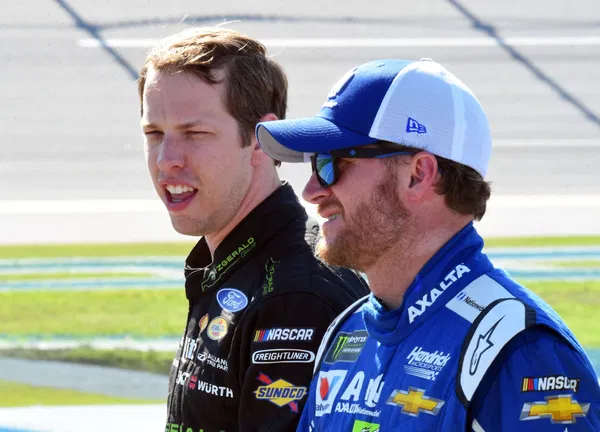Kyle Larson’s recent race has left fans fuming, with many convinced he was robbed due to NASCAR’s inconsistent use of caution flags. The debate over how and when NASCAR throws the yellow flag has once again taken center stage, and Larson’s situation has only fueled the controversy.
The inconsistency is hard to ignore. In some races, NASCAR lets drivers fight through incidents, waiting half a lap or more before waving the caution. In others, the yellow flies instantly, halting the action at the most crucial moments. This unpredictability leaves teams and drivers scrambling, not knowing whether they’ll get the chance to race it out or be frozen in place by an immediate caution.
For Larson, the timing couldn’t have been worse. Just as he was making a move that could have secured him the win, the caution was thrown, cutting his momentum short. Fans quickly took to social media, calling out what they saw as unfair officiating and questioning whether certain teams, like Joe Gibbs Racing, might be benefiting from these calls.

Joe Gibbs Racing’s name surfaced in the conversation, not necessarily due to any wrongdoing but because their drivers seemed to benefit from the timing of the caution. This has led to whispers of favoritism, a claim NASCAR has long battled against. While there’s no concrete evidence to suggest bias, the mere appearance of inconsistency is enough to spark outrage in the passionate NASCAR fanbase.
What makes this issue even more frustrating is the lack of clear guidelines on how NASCAR decides when to throw a caution. Fans and teams alike are left guessing, and moments like Larson’s near-win only magnify the problem.
Until NASCAR addresses this ongoing issue, debates over fairness will continue to dominate post-race discussions. For Kyle Larson and his fans, this race will be remembered not for what happened on the track, but for what might have been if the caution had come just a few seconds later.




